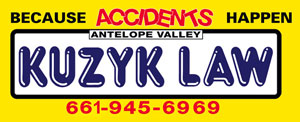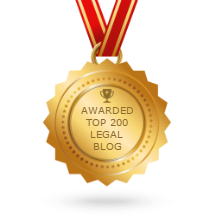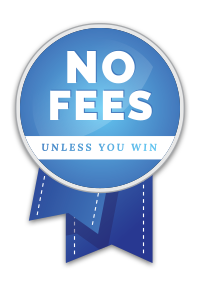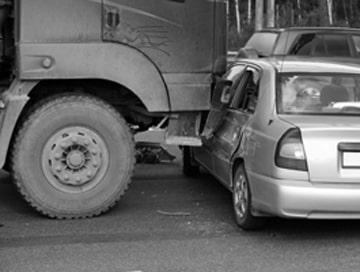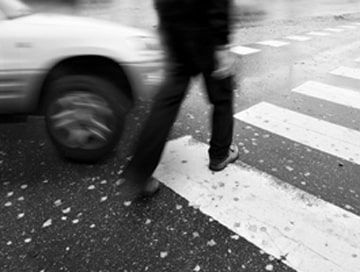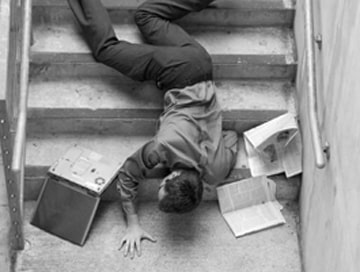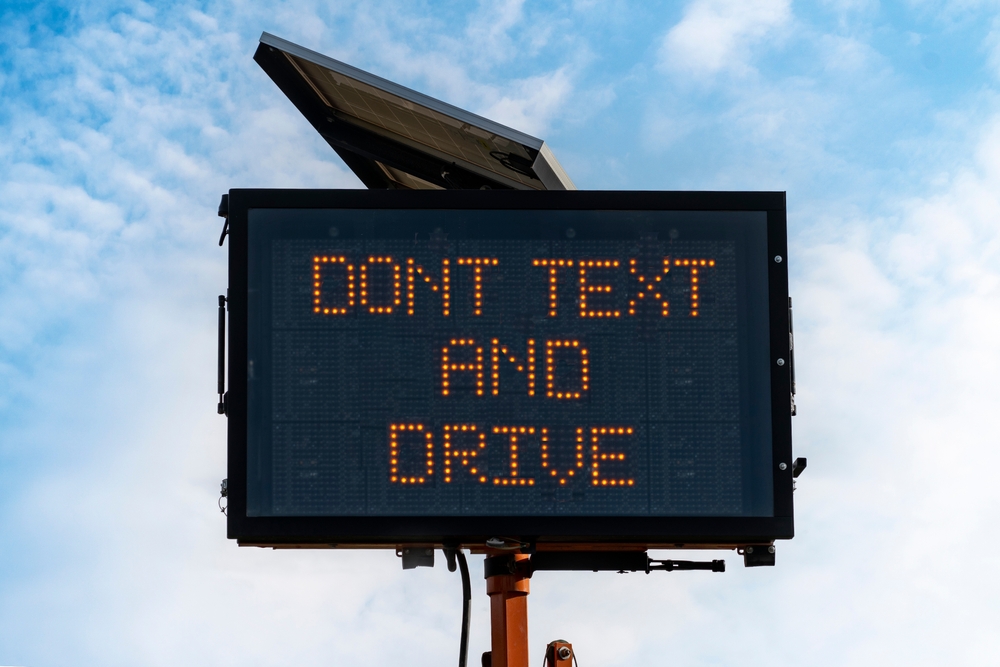
Distracted driving continues to cause around 80% of vehicle collisions and 65% of near collisions in the United States. It’s no wonder that 48 states have some sort of texting while driving prohibition, and 24 states — along with D.C. and a number of territories — have outright cell phone bans while driving. This is what you need to know about California distracted driving law as we head into 2024.
What Is Distracted Driving?
Before asking “What is distracted driving?” we should first remind ourselves how we are expected to conduct ourselves when we drive. Ideally, it deserves our full attention and observation so that we can make split-second decisions — based on any changes in road conditions, behavior or other drivers, or sudden hazards — for own safety, the safety of our passengers, and others around us.
Sometimes, little distractions while driving are inevitable, such as an insect flying in, something falling off a seat, and needing to sneeze. But we take for granted the things we do on purpose while we drive. We fiddle with the GPS or stare at accidents and emergency vehicles on the side of the road. Commuters may eat breakfast and drink their morning coffee. Sadly, people also check messages and text on their cell phones. We have all noticed other drivers who are busy on their phones, usually because they are going too slow, following too closely, or even veering in and out of their lane. Over 74% of Californians see cell phone-related distracted driving as their number one road safety concern, according to a recent Office of Traffic Safety public opinion survey. At Kuzyk Law, we have seen what can happen when vehicles collide here in Fresno and other parts of California — it is a true tragedy.
The Persistent Problem of Texting and Driving
The Centers for Disease Control identifies three types of driving distractions:
- Visual (driver taking their eyes off the road)
- Manual (driver taking their hands off the wheel)
- Cognitive (driver taking their mind/concentration off of driving)
Texting or using a cell phone while driving can involve all three.
A report released by the National Distracted Driving Coalition in December 2022 offered some illuminating insights.
- Distracted driving played a part in 25%-30% of fatal motor vehicle collisions.
- People appeared to drive distracted, text and drive, and use the cell phone while driving even more after the pandemic than before COVID-19.
- 45% of truck/commercial drivers used a cell phone, CB radio, or mobile communication device while driving, making them more likely than drivers of other vehicles to do so. Interestingly, commercial drivers who had taken a road safety course — or worked for carriers that restricted the number of work hours or made it easier to take breaks — were less likely to use their cell phones while driving.
When asked what they did on their cell phones when they were driving:
- 77% of U.S. survey respondents admitted to using their cell phone while driving.
- 74% said they use maps on their cell phones while driving.
- 56% read texts/emails while driving.
- 27% interacted with social media while driving.
- 19% — almost one in five respondents — even did online shopping while driving.
Notably, 87% who admitted to using a cell phone while driving said that they wouldn’t be as likely to do that if their passenger(s) spoke up. Meanwhile, only 44% had done the speaking up when they were passengers and the driver was driving distracted.
Is Texting and Driving Illegal?
Is texting and driving illegal? Short answer: yes. Section 23123 CVC (California Vehicle Code) makes using a cell phone while driving an offense punishable by a fine, with a few exceptions. When can you legally use your cell phone while driving? The exceptions to the cell phone prohibition in the texting and driving laws include:
- If you are using the cell phone for emergency purposes, such as calling 911
- If you are an emergency services professional in an authorized emergency vehicle in the course of your duties
- If you are driving on private property
- If your cell phone is set up for voice-operated, hands-free communication and is mounted on the windshield, dashboard, or center console, and the device can be activated or deactivated with a single swipe or tap of the finger — and you are using the device in this manner.
Note that per section 23124 of the Vehicle Code, no one under the age of 18 is allowed to use any wireless device at all while driving unless it is to contact emergency services. Of course, if your communication device is built into your dashboard or console by the manufacturer, it is not considered texting and driving as you would be with a mobile phone.
The Cost of Texting and Driving
How much is a texting and driving ticket? The base fine is $20 if it is the first infraction, and $50 for each subsequent infraction. But court costs and penalty assessments on a cell phone ticket in California can bring the total amount to over $162 for the first infraction, and over $285 for subsequent infractions. Failing to appear for a traffic violation citation is a misdemeanor offense punishable by up to 6 months of incarceration in the county jail and/or a fine of up to $1,000. As such, ignoring the ticket is not a solution.
That’s not all, though. As of July 2021, a second texting and driving violation within 36 months of a prior conviction for the same infraction will add a point to your driving record. Of course, if you accumulate 4+ points within 12 months, 6+ points within 24 months, or 8+ points within 36 months, you are considered a “negligent driver” and the Department of Motor Vehicles can refuse to renew your driver’s license.
Depending on the circumstances and how reckless you are, you could even be charged with a more serious offense in criminal law. Furthermore, if your texting and driving causes a car accident and injures someone, you could be liable under personal injury law and may have to pay damages for the plaintiff’s economic and non-economic losses — possibly punitive damages if your conduct was particularly egregious and has caused catastrophic injury. All of these scenarios will also likely raise your insurance rates, especially if you caused a collision and your insurance company has to pay out a settlement to the party you have injured.
The Evolution of California Texting and Driving Law
Texting while driving became illegal through the 2008 Handheld Wireless Telephone Law/2009 Wireless Communications Device Law. Under this Act, Californian and out-of-state drivers in California were forbidden to read, respond, or send a text message while driving except in the event of an emergency, on private property, or if emergency personnel, in the course of those duties. In 2016, in response to a court case, California rewrote the electronic distracted driving law to focus on the device itself, as opposed to specific activities. In 2021, the point penalty came into force if the driver had a prior distracted/cell phone driving conviction within three years.
In January 2023, Assembly Bill 276 was introduced in the state legislature. This bill would raise the age of the cell phone prohibition directed towards younger drivers, found in section 23124 CVC, from 18 to 21. In addition to the current exception, which allows wireless device use for the purpose of contacting emergency services, the bill purports to carve out a further exception: if a driver aged 18-20 uses the device exclusively for their employment and in the course and scope of those work duties. This bill has not been approved or signed into law, but it provides an interesting insight into where legislators may wish to focus efforts in the near future.
Upcoming Distracted Driving Initiatives in 2024
While there have been no legislative changes to the texting and driving provisions going into effect in the coming year, efforts are still being made in the state to spread awareness and inform driver behavior.
The California Highway Patrol Initiative
More than 200,000 citations were issued by the California Highway Patrol (CHP) for cell phone use while driving between 2019 and 2021. Clearly, the problem remains rampant. That is why the CHP recently launched a statewide traffic safety campaign — Distracted Driving Education and Enforcement for Adult Drivers — that will continue to the end of September 2024. Supported by a $350,000 federal grant through the National Highway Traffic Safety Administration, this program will include 90 or more targeted operations to enforce the distracted drivers law, and 300 traffic safety, public education presentations across the state for adult drivers. This campaign will run in parallel to another CHP initiative directed towards teenage drivers.
The Bicycle Safety Manual
Although not yet approved or signed into law, the text of Assembly Bill 1188 has been amended. It currently outlines a plan for transportation authorities to consult on and draft a downloadable state handbook on bicycle safety to disseminate in September 2024. This manual will contain a section on distracted and impaired cycling.
Do Your Part to Combat Distracted Driving
Texting and driving is completely preventable. All it takes is some planning and self-discipline, as well as the recognition that the potential dangers of distracted driving absolutely outweigh any perceived convenience. There are a number of things all of us can do to combat cell phone use during driving — for example:
- Look up your destination on your GPS and set it up before you start to drive. Plot out all intended stops so that you won’t need to punch in addresses while you are driving.
- Many phones have a function that allows you to program an automated voicemail or text message reply indicating that you are driving. Do a final, thorough pre-drive check of texts and emails so that you feel like you are up to date and feel less of a need to check them while you are driving.
- If you have a passenger, they can assist with navigation or even monitor your messages/email if you are expecting an urgent communication.
- Commit to driving without distraction. Wake up a few minutes earlier to make sure your make-up is done and you have eaten. Tell your passengers that you are taking steps to curb distracted driving. You could even encourage them to speak up if they notice you turning your attention to your cell phone or mobile device.
- Talk to your family members about your concerns about distracted driving and your upcoming efforts to curb this behavior. Encourage them to consider doing the same.
- If you are a passenger, make the choice to speak up if you notice the driver turning their attention to their cell phone or mobile device. You may wish to tell them of this intention before the drive and why you want to do this.
- If you do need to answer your cell phone or engage in text or email, pull over safely and park before doing so. Those extra few minutes can make the difference between a safe drive and a totally preventable car accident due to your distracted driving.
- There are a few apps out there that disable phone features while driving — and report when and how long a driver is using the device.
- Take the NHTSA pledge and check out the hashtag #justdrive on the main social media channels.
If You Have Been Struck by a Distracted Driver
At Kuzyk Law, we believe that as drivers, we need to be responsible and do our respective parts to promote road safety. This includes not engaging in texting or cell phone use while driving or any other form of distracted driving. Unfortunately, it is clear from the distracted driving statistics that not everyone shares the same respect for others on the road.If you have the misfortune of being in a motor vehicle collision caused by another driver’s distracted driving in Fresno or anywhere else in California and you have suffered injury, talk to us right away. We can help you deal with the insurance company and/or the other party to preserve your legal rights. We will make sure you know what medical assessments need to be done, and what evidence will need to be collected in order to attain the best outcome in your case. Contact us today for a consultation.
